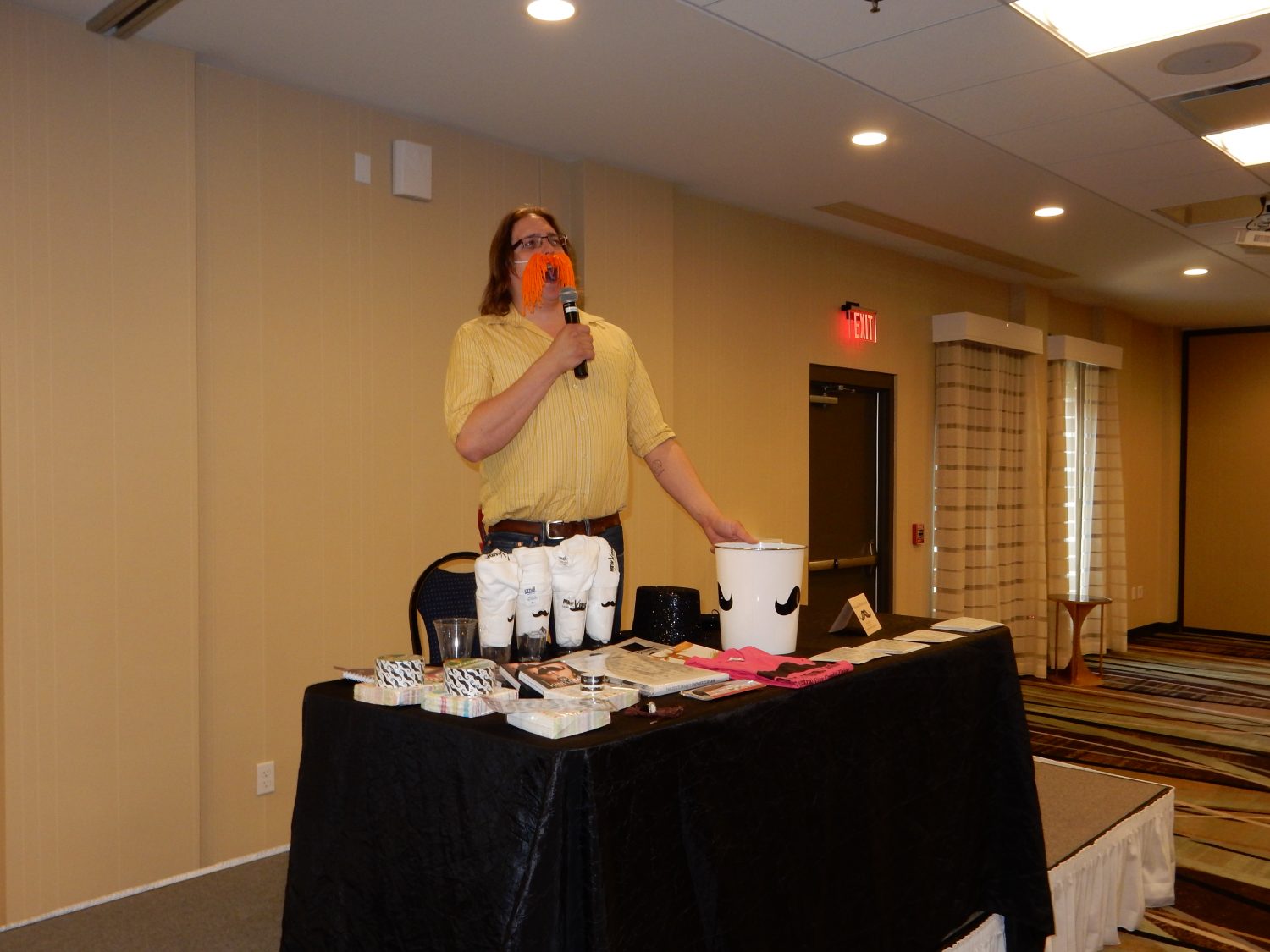Letter to the editor: One utility commissioner’s view on electric rate structure

Dear editor,
Marshfield Utilities (MU) last increased electric rates in 2012. Over the last five years, electric rates for all MU customers have been flat with no increases in spite of the fact that costs have risen.
The current rate case before the Public Service Commission of Wisconsin (PSCW) requests some changes to actual rates and some changes to the structure. The intent is to address future financial needs, the changing power use environment, and fairness.
Historically, rate setting has been based around the idea of consumption. With a continuing decline in consumption but continually rising costs to deliver the power, utilities like MU have a problem. If rates are a function of consumption, and consumption is falling but costs are not, then the only avenue to continue to provide safe and reliable power is to raise rates. Raising rates is not a topic taken lightly by your commission.
Why is consumption falling? It is a mix of more efficient devices and appliances, conservation programs like Focus on Energy, and alternative energy systems.
While these and other factors have varying impacts on consumption, combined they have resulted in a slow decline in power consumption by MU customers, and we have every reason to anticipate this decline to continue.
When your neighbor purchases an energy-efficient appliance, it does not cost you anything. When you take advantage of conservation ideas, it does not cost your neighbor anything. Yet when someone installs an alternative energy producing system, it comes with a cost for all of us, admittedly a small cost but a cost all the same.
Under federal and state guidance, the alternative energy market for home and small business owners was built around the idea of net metering. What net metering means is that the customer is credited for energy produced at the same overall rate energy is consumed — not the avoided cost of power purchase but the total cost of delivered power.
When a net-metered alternative energy system is tied into the utility grid, it dumps excess power onto the utility’s wires. The electric meter at these sites record the “credit” the system is earning as it produces. On cloudy days, after sunset, or when the home or business uses more than it is producing, the meter records the consumption. Since the production and consumption are at the same rate, the billing math is straightforward: Consumption minus production equals billed amount. It is possible and often happens that production is higher than consumption and results in a carried forward credit.
Essentially the home or business owner who installed their system is using the grid as a virtual battery to store their excess production. It goes “in” during daylight hours and is pulled back “out” in the evening. MU does not have a mechanism to charge for this “storage” service even though there is a cost to provide and maintain it.
When an alternative energy system outproduces consumption, two things of concern happen to MU. First, those home or business owners are not paying their share of the cost to maintain and operate MU’s plant. They are using it for free. Looked at another way, we are subsidizing them because you and I are paying their share. Second, those home or business owners are using the MU plant to store their power at no cost to them. Again, we are paying for this.
Using the MU plant as a virtual battery saves a significant cost when these systems are installed. Telsa is marketing a product called the Powerwall. For about $12,000, a home or business owner can purchase a true battery storage system sized to run an entire home.
The higher meter charge MU is requesting would only cost $1,800 over the 25-year typical life of these systems. That is a significantly lower cost for essentially the same outcome, and it gets everyone on the same level playing field.
MU is not against alternative energy, and neither are our customers. A recent survey revealed there is support for clean energy and a strong desire to keep rates low. How does MU balance these two when they would seem to be mutually exclusive? The sensible answer is in the rate structure.
By asking the PSCW to raise the meter charge, MU is actually asking the PSCW to better disperse the cost of access to safe and reliable electricity. Today the MU meter charge is $6 per month. MU has asked the PSCW to set this at $12 per month. To offset that increase, we have also asked the PSCW to lower the per kilowatt-hour charge so it essentially comes out even. The current rate case would result in an overall increase to residential customers of less than 1 percent.
Some take the position that doubling the meter charge is a disincentive to greater alternative energy production and perhaps even conservation. I disagree. Both continue to grow, and I see no reason not to expect that to continue.
For those who do not have the ability to make major investments in conservation or alternative energy, an ever increasing rate based on consumption is just making their situation worse. Why would we keep asking these neighbors to help subsidize those who can afford to do these? That does not seem right to me.
To continue to set rates around consumption can only result in a pay-more-for-less outcome over time. A reduced per kilowatt-hour rate combined with a higher meter charge properly addresses the true cost to serve our customers and is the right approach in this changing landscape for the greatest number of MU customers and MU as a provider of our electricity. It helps ensure the continued access to safe and reliable power while distributing the cost fairly and equitably.
John Maggitti
Marshfield Utility Commission Secretary
Leave a reply
You must be logged in to post a comment.






